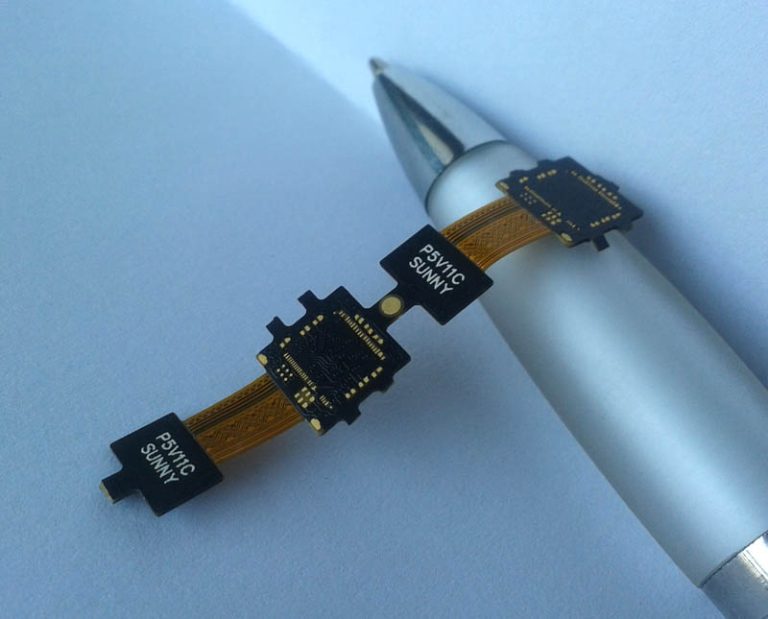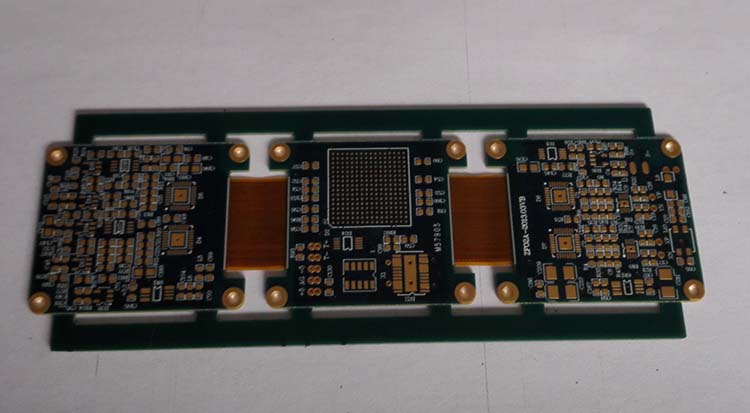Baking flex pcb
Boards are generally baked at 250°F (121°C) from two to ten hours,depending on the board thickness and design. Baking removes any moisture that may have been absorbed during processing. Polyimide films absorb moisture quickly; therefore, soldering and reflow should be done within 30 minutes after baking. Baking a rigid flex PCB is not recommended as…








